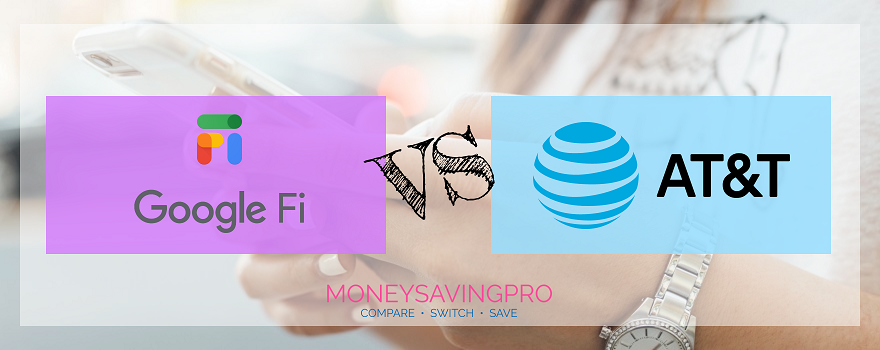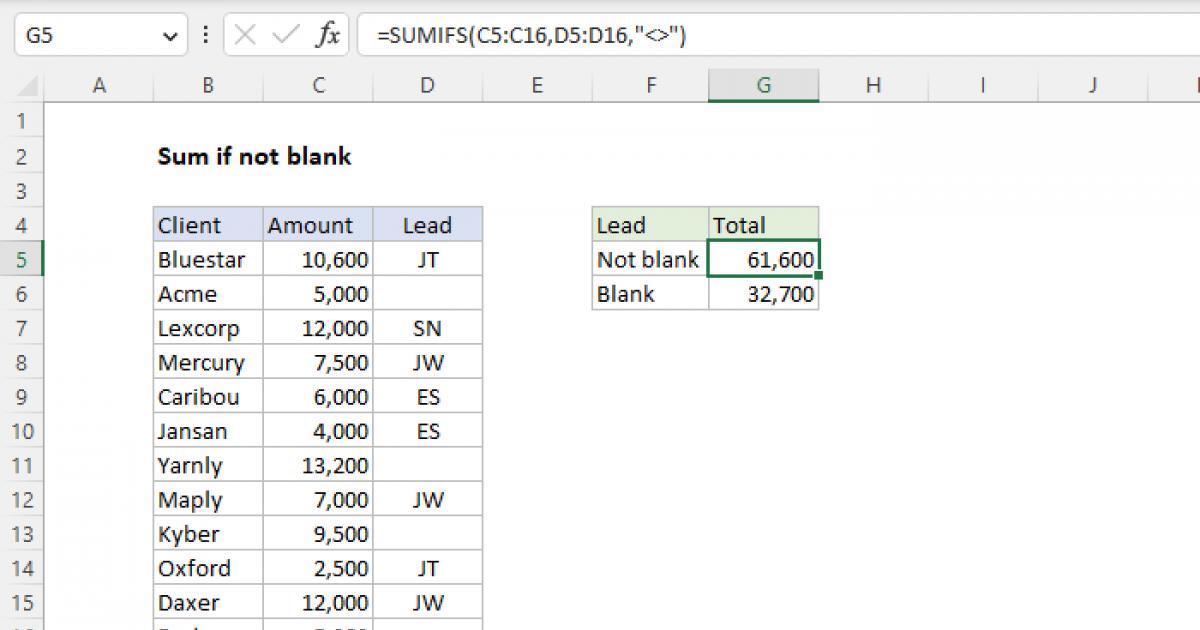Google Fi or AT&T: 5 G Differences

The race to 5G capabilities is on, with major cellular service providers vying for the top spot in terms of coverage, speed, and reliability. For consumers, this means more choices and the potential for better mobile experiences. In this article, we delve into the 5G offerings of two prominent players in the industry: Google Fi and AT&T. By comparing their networks, coverage, speeds, and other key factors, we aim to provide a comprehensive analysis to help you make an informed decision.
Understanding 5G: The Next Generation of Mobile Connectivity

5G, or fifth-generation wireless technology, represents a significant leap forward in mobile connectivity. It promises faster data speeds, lower latency, and the ability to connect a vast number of devices simultaneously. With 5G, users can expect smoother streaming, quicker downloads, and more responsive online experiences. However, the rollout of 5G networks is still in its early stages, and coverage varies greatly depending on the provider and region.
Google Fi: A Unique Approach to 5G

Google Fi, a mobile virtual network operator (MVNO), has taken a different path to 5G compared to traditional carriers. Instead of building its own network, Google Fi leverages the existing infrastructure of multiple carriers, including T-Mobile and US Cellular, to provide its services. This unique approach offers Google Fi customers the benefit of a wider network coverage area and a seamless experience across different carriers.
Network Coverage and Reach
Google Fi’s partnership with multiple carriers allows it to offer a broad network coverage area. By utilizing T-Mobile’s extensive 5G network, which covers over 2,700 cities in the United States, Google Fi provides its customers with access to 5G speeds in more locations. Additionally, Google Fi’s US Cellular partnership expands its coverage in rural areas, ensuring a more reliable connection for users outside major metropolitan areas.
| Carrier | 5G Coverage (as of 2023) |
|---|---|
| T-Mobile | 2,700+ cities |
| US Cellular | Broad rural coverage |

Speeds and Performance
Google Fi’s 5G network speeds can vary depending on the underlying carrier’s infrastructure. When connected to T-Mobile’s 5G network, Google Fi users can expect speeds ranging from 100 Mbps to 1 Gbps in ideal conditions. These speeds are more than sufficient for most online activities, including high-definition streaming and large file downloads. However, it’s important to note that actual speeds may vary based on network congestion, device capabilities, and other factors.
Google Fi’s 5G Plans and Pricing
Google Fi offers a straightforward and flexible pricing structure for its 5G plans. The plans are designed to cater to a range of user needs, with options for unlimited data or data-only plans. The key highlights include:
- Unlimited Data Plan: This plan provides unlimited data with no speed caps, ensuring users can enjoy 5G speeds without worrying about data limits. It starts at $60 per month for the first line and $30 per additional line, with a maximum of 3 lines per account.
- Flexible Data Plan: Google Fi's flexible plan allows users to pay only for the data they use. It starts at $20 per month for 2 GB of data and increases by $10 for each additional 1 GB block. This plan is ideal for light data users or those who travel frequently and want to control their data usage.
AT&T: A Traditional Carrier’s Take on 5G
AT&T, one of the largest telecommunications companies in the United States, has invested heavily in its 5G network infrastructure. AT&T’s approach to 5G is more traditional, as it owns and operates its own network. This allows AT&T to have greater control over network performance and offers a more consistent experience across its coverage area.
Network Coverage and Reach
AT&T’s 5G network covers a significant portion of the United States, with a focus on major metropolitan areas and high-population regions. As of 2023, AT&T’s 5G network reaches over 250 million people, covering more than 18,000 cities and towns. While this coverage is impressive, it may not be as extensive as Google Fi’s, especially in rural areas.
| Metric | AT&T 5G Coverage (as of 2023) |
|---|---|
| Population Reach | 250+ million people |
| Cities Covered | 18,000+ cities and towns |
Speeds and Performance
AT&T’s 5G network offers impressive speeds, with the potential for gigabit-level connections. In ideal conditions, AT&T’s 5G network can provide download speeds of up to 1 Gbps and upload speeds of up to 50 Mbps. These speeds are ideal for tasks like streaming 4K video, online gaming, and quick file transfers. However, as with any wireless technology, actual speeds can be affected by factors such as network congestion and device capabilities.
AT&T’s 5G Plans and Pricing
AT&T offers a range of 5G plans to suit different user needs and budgets. The plans are designed to provide a balance between data allowances and affordability. Here are some key highlights:
- Unlimited Elite Plan: This top-tier plan offers unlimited data with 5G speeds and no throttling. It includes features like HD streaming, mobile hotspot capability, and access to HBO Max. The plan starts at $85 per month for a single line.
- Unlimited Starter Plan: A more budget-friendly option, this plan provides unlimited talk, text, and data with 5G access. However, it has a data deprioritization policy, which means speeds may be reduced during times of network congestion. The plan starts at $65 per month for a single line.
- Data-Only Plans: AT&T also offers data-only plans, which are ideal for devices like tablets or hotspots. These plans start at $30 per month for 15 GB of data and increase in price and data allowance as needed.
Comparing Google Fi and AT&T: A Side-by-Side Analysis
To help you make an informed decision, let’s compare Google Fi and AT&T across several key categories:
Network Coverage
When it comes to network coverage, Google Fi has a distinct advantage due to its partnerships with multiple carriers. Google Fi’s network reaches more cities and provides broader coverage, especially in rural areas. On the other hand, AT&T’s network coverage is more concentrated in urban and high-population areas, offering excellent speeds but potentially limited reach in certain regions.
Speeds and Performance
Both Google Fi and AT&T offer impressive 5G speeds, with the potential for gigabit-level connections. However, actual speeds can vary based on network congestion and device capabilities. Google Fi’s use of multiple carriers may provide more consistent speeds across different regions, whereas AT&T’s controlled network environment can ensure a more stable and reliable experience in its coverage areas.
Plans and Pricing
Google Fi’s plans are designed with simplicity and flexibility in mind. The unlimited data plan offers great value for users who want to maximize their 5G experience, while the flexible data plan is perfect for cost-conscious consumers. AT&T’s plans provide a balance between data allowances and affordability, with the Unlimited Elite plan offering the best features and speeds. However, AT&T’s plans may be more expensive for those who require multiple lines.
The Future of 5G: Implications and Considerations

As 5G technology continues to evolve, it’s important to consider the future implications and potential benefits. Here are some key considerations:
- Coverage Expansion: Both Google Fi and AT&T are committed to expanding their 5G coverage. With ongoing network investments, we can expect to see improved coverage and faster speeds in the coming years. This will benefit consumers by providing more consistent 5G experiences across the country.
- Device Compatibility: As 5G technology advances, it's essential to ensure that your device is compatible with the latest 5G networks. Check with your carrier to confirm if your device supports the specific 5G frequencies and technologies they utilize.
- Network Capacity: As more users adopt 5G, network capacity becomes a crucial factor. Carriers will need to invest in infrastructure upgrades to handle the increased demand for data and ensure a smooth user experience. This is especially important during peak hours and in densely populated areas.
Conclusion: Choosing the Right 5G Provider
When deciding between Google Fi and AT&T for your 5G needs, it’s essential to consider your specific requirements and priorities. Google Fi’s unique MVNO model provides extensive coverage and flexibility, making it an excellent choice for those who value network reach and plan simplicity. AT&T, with its robust and controlled network, offers impressive speeds and a reliable experience, particularly in urban areas. Ultimately, the decision comes down to your personal preferences, coverage needs, and budget.
Does Google Fi’s 5G plan have data caps or speed limits?
+No, Google Fi’s 5G plan does not have data caps or speed limits. Users can enjoy unlimited data with no throttling, ensuring a consistent and fast 5G experience.
What devices are compatible with AT&T’s 5G network?
+AT&T’s 5G network is compatible with a range of devices, including select iPhone and Android models. It’s important to check your device’s compatibility with AT&T’s specific 5G frequencies to ensure optimal performance.
Can I use Google Fi’s 5G plan internationally?
+Yes, Google Fi offers international coverage in over 200 destinations. However, 5G speeds may not be available in all countries, and roaming charges may apply. It’s best to check Google Fi’s coverage map for specific details.



